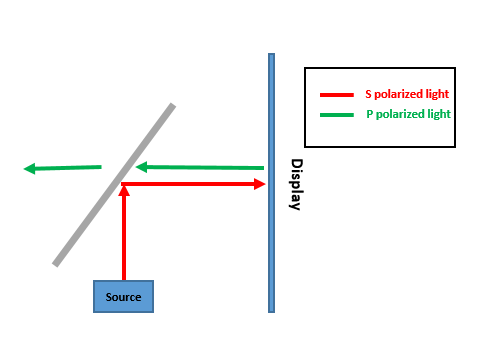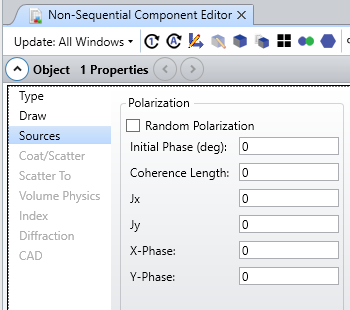Greetings,
I'm working on simulating an optical system that's highly sensitive to polarization. The setup involves a source emitting TE mode (S-polarized) laser light, which then travels and hits a Polarizing Beam Splitter (PBS). The PBS reflects S-polarized light and allows P-polarized light to pass through. The reflected S-polarized light is directed at my display, where it's converted into P-polarized light. This converted light is then sent back to the PBS, which passes it to a viewer (refer to the image below).
I've already modeled this system in a non-sequential manner without considering polarization information. Now, to accurately simulate the exact system, I'm seeking help or insights to guide me in implementing what I've described. Additionally, I'm particularly interested in how to model the PBS, which is polarization-sensitive, and how to represent the entire system in a single non-sequential file. Can anyone demonstrate how to model this wire grid?
I appreciate your time and assistance.
Thank you and regards,
Navaneeth







